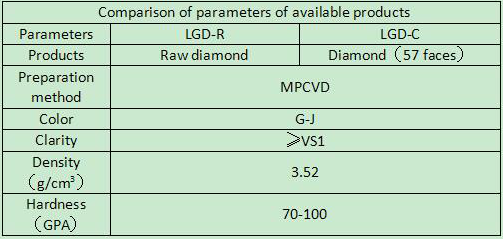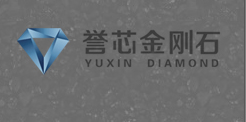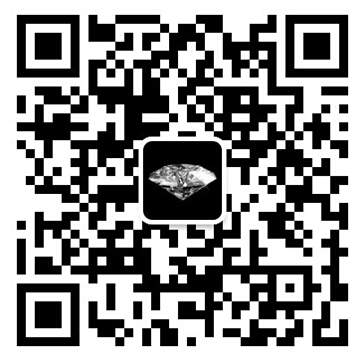Company tel:+86-379-63184520
Contact number:+86-15937921751
Postcode:471000
Email:info@yuxindiamond.com
Address:3-1-508 Luoyang National University Science Park, No. 2 Penglai Road, Jianxi District, Luoyang, China 471000
910-carat Colorless Diamond Found in Lesotho
One of the biggest diamonds in history has been discovered in the mountainous kingdom of Lesotho in southern Africa.
Gem Diamonds Ltd. found the 910-carat stone, about the size of two golf balls, at its Letseng mine. It’s a D color Type IIa diamond, which means it has very few or no nitrogen atoms and is one of the most expensive stones. The diamond is the fifth-biggest ever found.
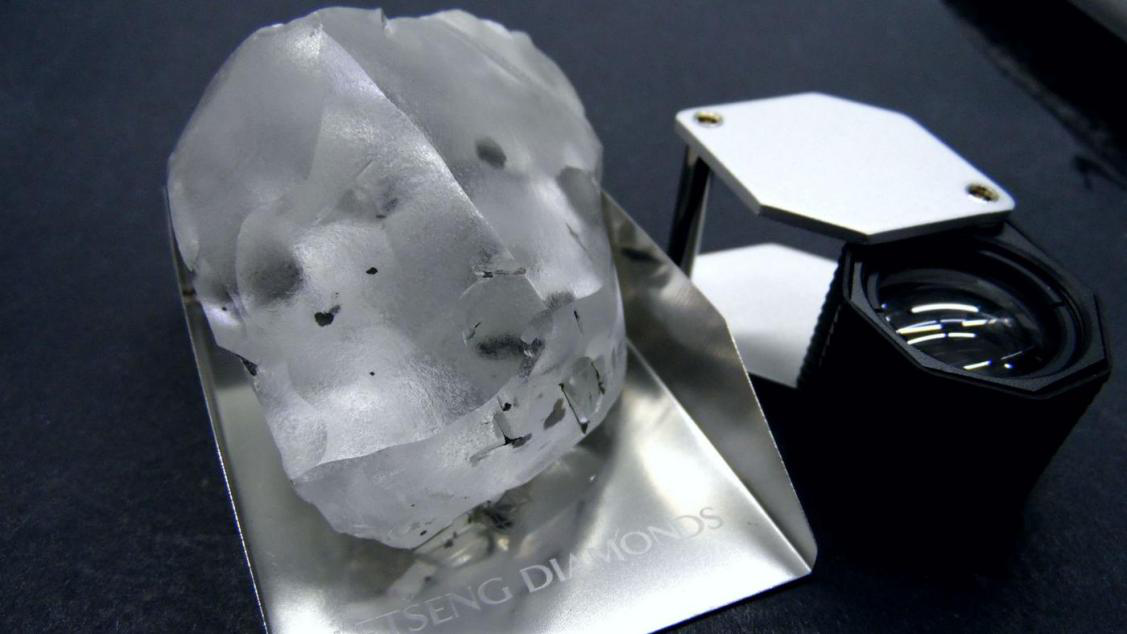
The Letseng mine is famous for the size and quality of the diamonds it produces and has the highest average selling price in the world. Gem sold a 357-carat stone for $19.3 million in 2015 and in 2006 found the 603-carat Lesotho Promise.
The biggest diamond discovered is the 3,106-carat Cullinan, found near Pretoria, in South Africa, in 1905. It was cut to form the Great Star of Africa and the Lesser Star of Africa, which are set in the Crown Jewels of Britain. Lucara’s 1,109-carat Lesedi La Rona is the second-biggest, with the 995-carat Excelsior and 969-carat Star of Sierra Leone the third- and fourth-largest.
As we all know, it takes hundreds and thousands of years for the earth to make a diamond, and the earth has a lot of pressure, tension and so on due to the perennial crustal movement. And the soil next to the diamond is always different. It is difficult to guarantee the quality of a diamond. Lab-grown diamond is a kind of artificial crystal with pure carbon structure, it can be regarded as the most perfect re of natural diamond. The manufacturing process of Lab-grown diamond is simple and efficient, so the quality of the diamond produced is also high.
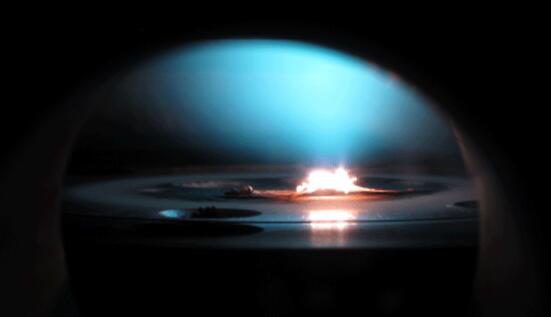
Lab-grown diamonds may sound mysterious, but they are essentially pure carbon in the lab. And then shorten the changes that have taken place in nature for thousands of years to two or three months.They are all identical to natural diamonds, from their chemical composition to their physical and optical properties.So you may could say that synthetic diamonds in the laboratory are not natural diamonds. But it cannot be denied that synthetic diamonds are real diamonds. They just simply carry natural reactions into the laboratory.
Humans have been smuggling diamonds for a long bloody time. In some African countries, diamonds are a source of money for the army to buy armaments, and they are the reason for years of war. Every diamond produced in a war country with the blood of African mining workers, or war victims. The diamonds, which we care deeply, not only represents the eternal love, but also the endless war. Lab-grown diamonds are more "pure" from a humanitarian point of view.
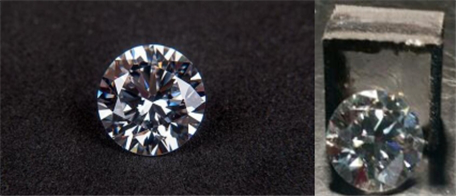
With the improvement of CVD synthesis technology, through the adoption of gas raw material (hydrogen, methane), we get the completely transparent and colorless large size diamond single crystal under less than one air pressure, the temperature of 800-1200 ℃ by epitaxial growth way, its composition, hardness, density, etc. are basically identical with natural diamond, but the price is much lower than that of natural diamond; different from the method of high temperature and high pressure (HTHP), CVD artificial synthetic technique does not need to use the catalyst, and puts an end to forming metal inclusions, cracks, holes, etc. in the production.
Features: after polishing, the clarity is commonly VVS and above level, color chromaticity of D-J.
We can provide raw diamond at carat level.
